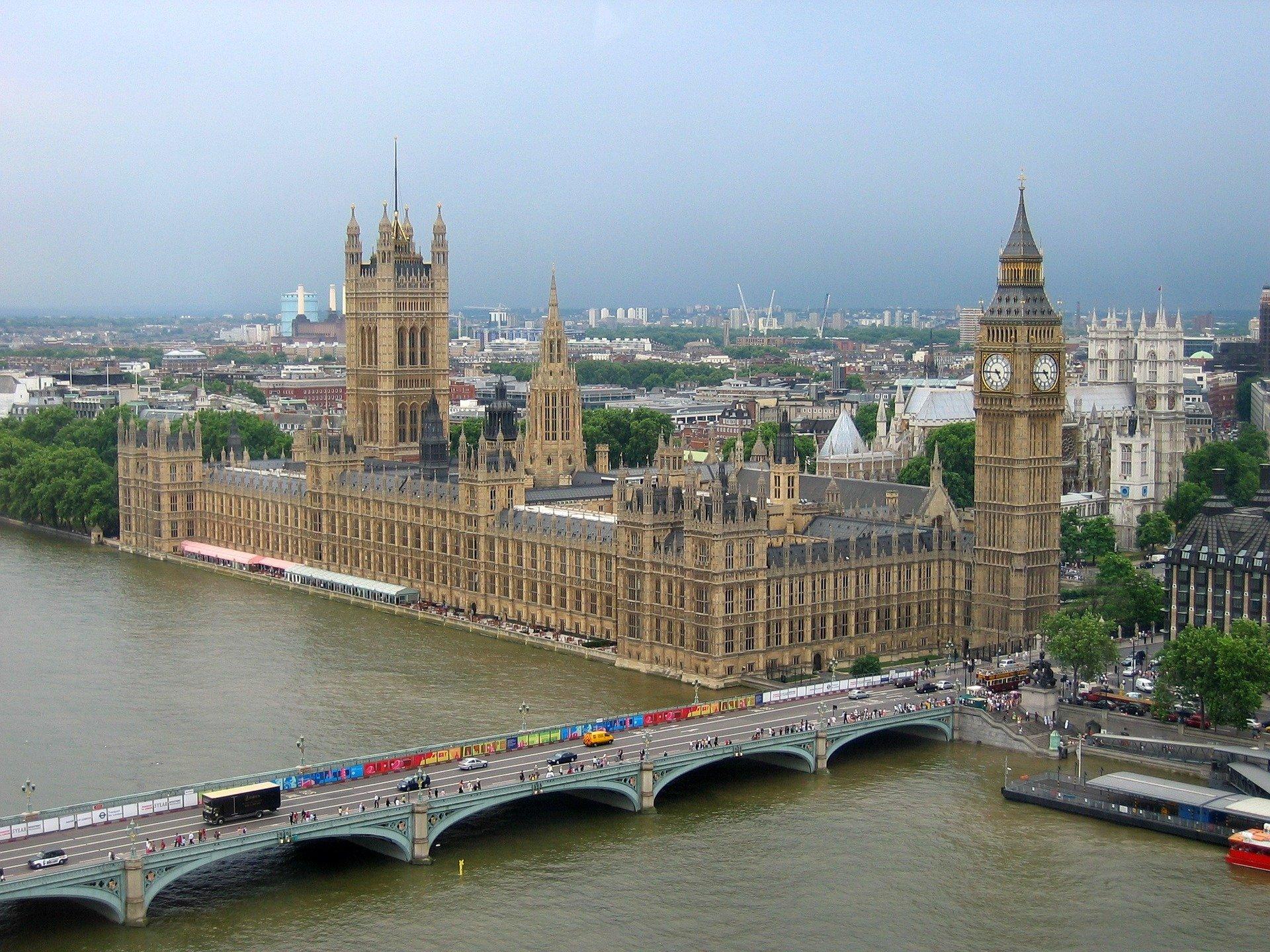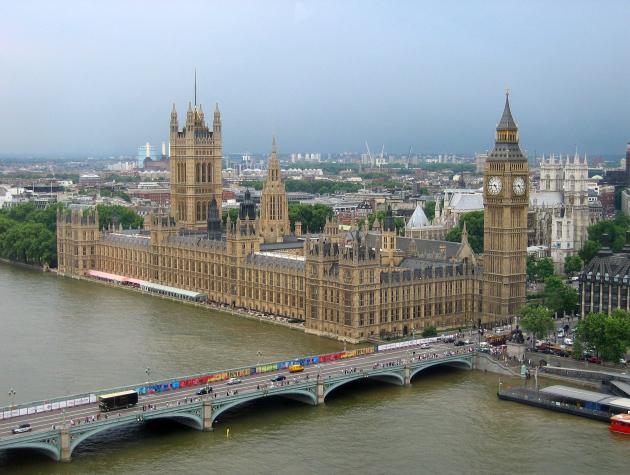GEG WP 2014/98 Blocking the Pathway Out of the Resource Curse: What Hinders Diversification in Resource-Rich Developing Countries?
Abstract
This essay assesses the impact of geographic factors, trade openness and political institutions on one of the key possible avenues for addressing the “resource curse”: export diversification. It does so with refined data spanning 1960-2010 and in a single framework that uses instrumental variables approach to tackle endogeneity, omitted variable bias and measurement error issues that characterize many studies of the resource curse. The results show that natural resource-rich developing countries are less likely to achieve export diversity the more autocratic institutions they have, particularly weak executive constraints and low legislative effectiveness; the weaker the rule of law; if they are located in the Middle East or Africa; if they are landlocked or mountainous; and the richer they are in oil, but not in other resources. On the other hand, the quality of government and competitiveness of political participation do not predict export concentration. There is also little evidence to support the view that trade integration, trade policy and tariff rates matter for export concentration in this set of countries. While neither colonial experiences under British or French rule, nor having legal systems designed under English Common Law or French Commercial Code have significant effects, resource-rich developing countries with past socialist institutions are significantly more likely to have more concentrated exports. Population size, ethnic or religious fractionalization, and human capital do not seem to affect the diversity of exports. Finally, unlike oil wealth, abundance in non-fuel minerals, coal, and forest resources is associated with higher export diversity.







